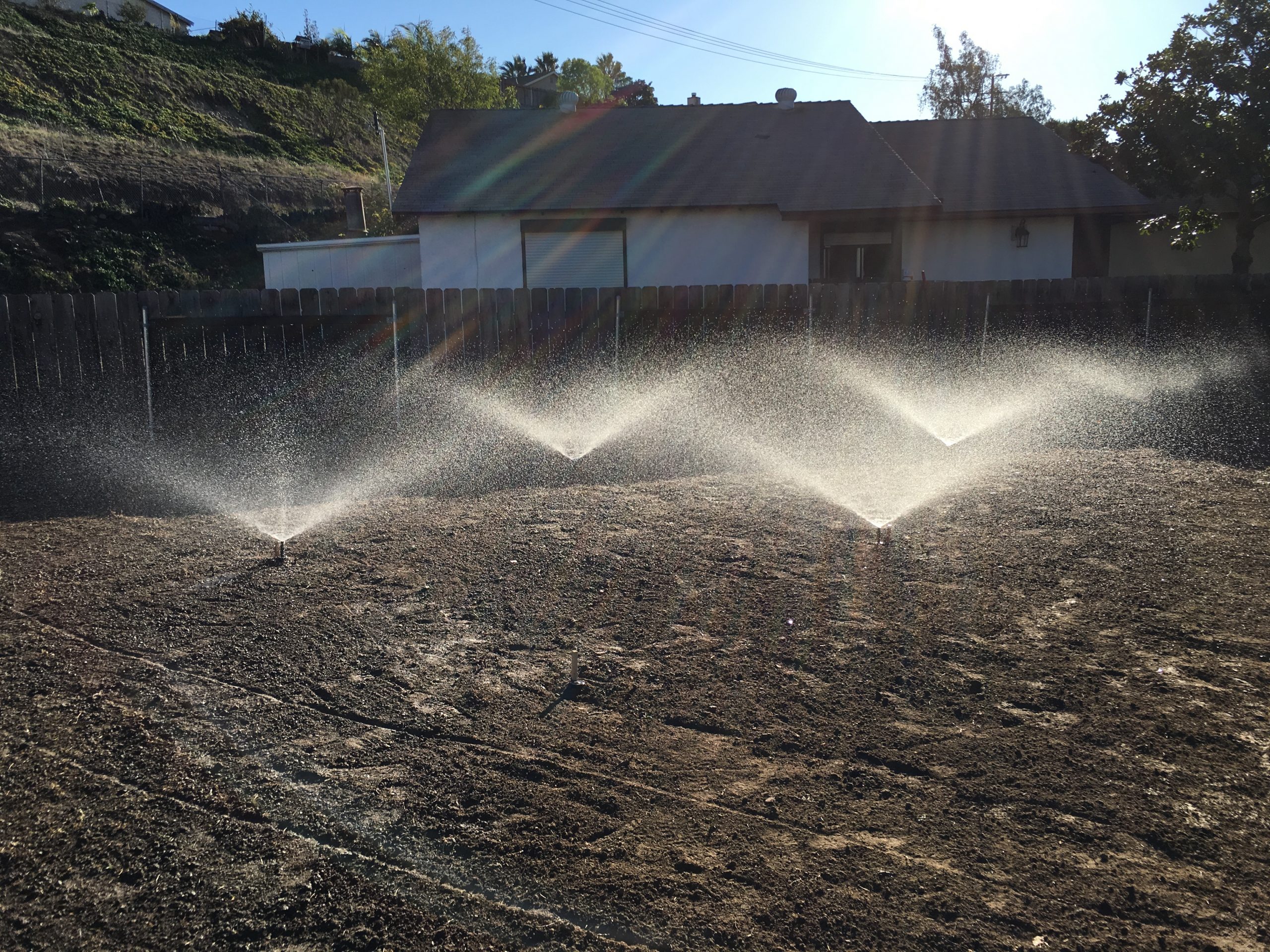Walking in a natural environment with plants and trees, even when located in the middle of a city, has been shown to improve attention and memory
- Lawns are for more than just looks. Maintaining a healthy, thick lawn also benefits the environment. Unlike hard surfaces such as concrete, asphalt, and wood, lawn grass helps clean the air, trap carbon dioxide, reduce erosion from stormwater runoff, improve soil, decrease noise pollution, and reduce temperatures.
- Natural Coolants – Grass is much cooler than asphalt or cement. It acts as an “air conditioner” for the surrounding area. In fact, lawns can be 31 degrees cooler than asphalt and 20 degrees cooler than bare soil.


ENJOY YOUR YARD

SPRINKLER SYSTEMS

IRRIGATION
Irrigation can benefit your landscaping efforts by providing artificial water to your lawn or soil. In warmer climates or during periods of drought or little rainfall in more temperate areas, irrigation can be a cost-efficient way to ensure the sustainability and diversity of your landscaping.

How Timers & Controllers Work
Automatic sprinkler systems largely consist of pipes, tubes, valves and sprinkler heads.
One of these parts is integral to the controller: the valves (or automatic valves).
Valves control the release of water in the different stations or zones of a sprinkler system. There can be several valves within a sprinkler system; there might be one for the front lawn, one for the backyard, one for the garden, and one for shrubs or trees. These zones are controlled and monitored by the controller.
To program a traditional controller, the user needs to set the time and date and indicate the days and times certain zones should run.
“Smart” controllers fully automate irrigation system watering schedules by computing optimal runtime based on types of heads used in zones, the type of soil in the zones, external weather data, and other information.


